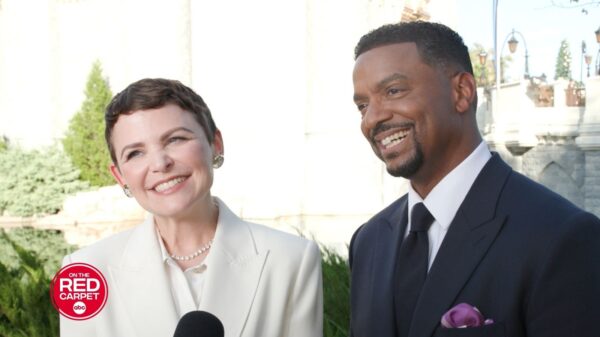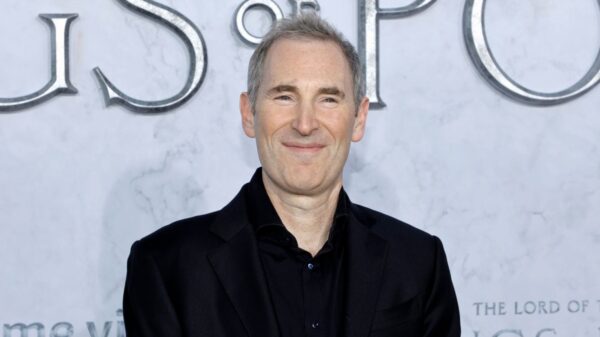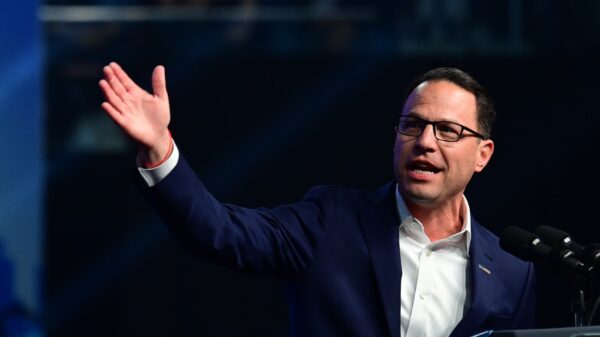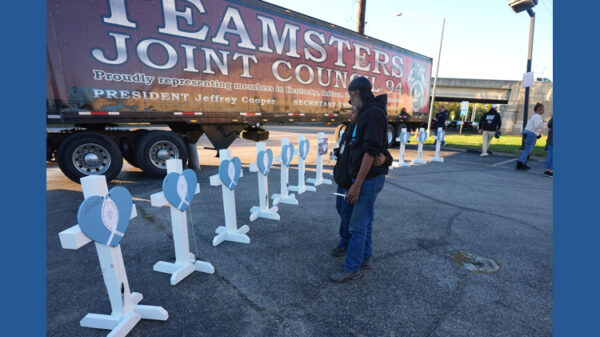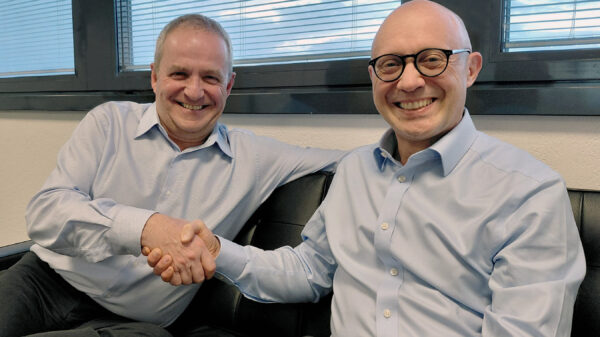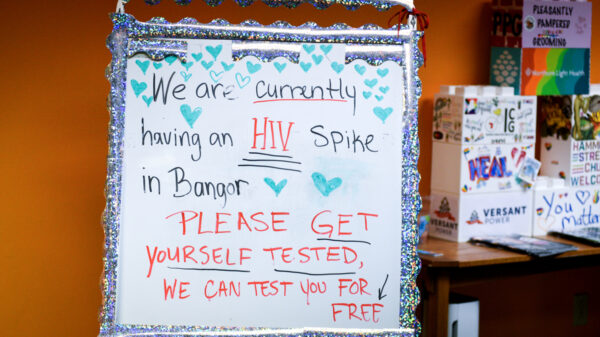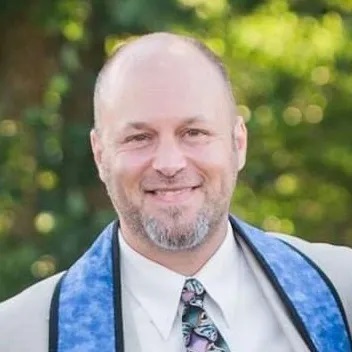Multiple spiritual traditions throughout history have approached the concept of nothingness, each offering unique insights into its significance. Notably, the Christian idea of kenosis describes the emptying of Christ’s divinity, enabling his human experience. In contrast, Buddhism presents sunyata as the ultimate nature of reality, suggesting that this void is not a mere absence but a dimension filled with pure potential.
The concept of sunyata implies that individuals are constantly interacting with this potential, often without awareness. Mindfulness practices serve as a pathway to enhance this interaction, allowing individuals to become more intentional in their use of this inherent potential. Imagine existing on a baker’s counter, surrounded by raw ingredients. Without awareness, individuals may produce unsatisfactory results—like scrambled eggs with shells—by failing to skillfully combine these elements. With mindfulness, however, one can craft extraordinary outcomes.
A parallel can be drawn with quantum field theory, which describes a vacuum teeming with virtual particles and zero-point energy, the foundation from which physical reality emerges. This theory aligns more closely with the Buddhist view of potential rather than the Christian perspective of kenosis. The quantum field embodies endless possibilities, where every outcome exists as a potential. By focusing attention on desired outcomes, individuals can influence which potentials manifest in their lives.
Many find themselves inadvertently concentrating on their fears, thereby increasing the likelihood of these negative outcomes. While challenges and difficulties are inevitable in life, one’s mental state during these events can significantly affect their experience. The moments of silence between thoughts offer a glimpse into this void, providing opportunities for clarity and presence. Mindfulness practices strive to expand these moments, allowing individuals to experience stillness, which is often uncomfortable in today’s fast-paced world.
The author, Wil Darcangelo, an ordained Unitarian Universalist Minister at the First Church of Lancaster in Massachusetts, recognizes the struggle to embrace stillness. He notes the tendency to reach for smartphones during quiet moments, illustrating the challenge of allowing space for reflection. Nonetheless, he encourages readers to commit to introducing brief moments of silence into their daily routines. Even dedicating just 30 seconds a day could amount to nearly an hour and a half over the course of a year, creating a significant opportunity for connection with the void of potential.
This void, perceived as a timeless space, can offer miraculous possibilities. Taking a moment to breathe and listen can cultivate presence and reduce anxiety. Worry does not resolve problems nor extend life; it often detracts from accessing the potential available in the universe. While the ultimate nature of reality remains elusive, finding peace, both internally and externally, may be key to unlocking this potential.
Darcangelo invites individuals to open the door to this sense of peace. Even a brief glimpse into the void can inspire and soothe, providing a deeper understanding of the limitless possibilities available in life.




